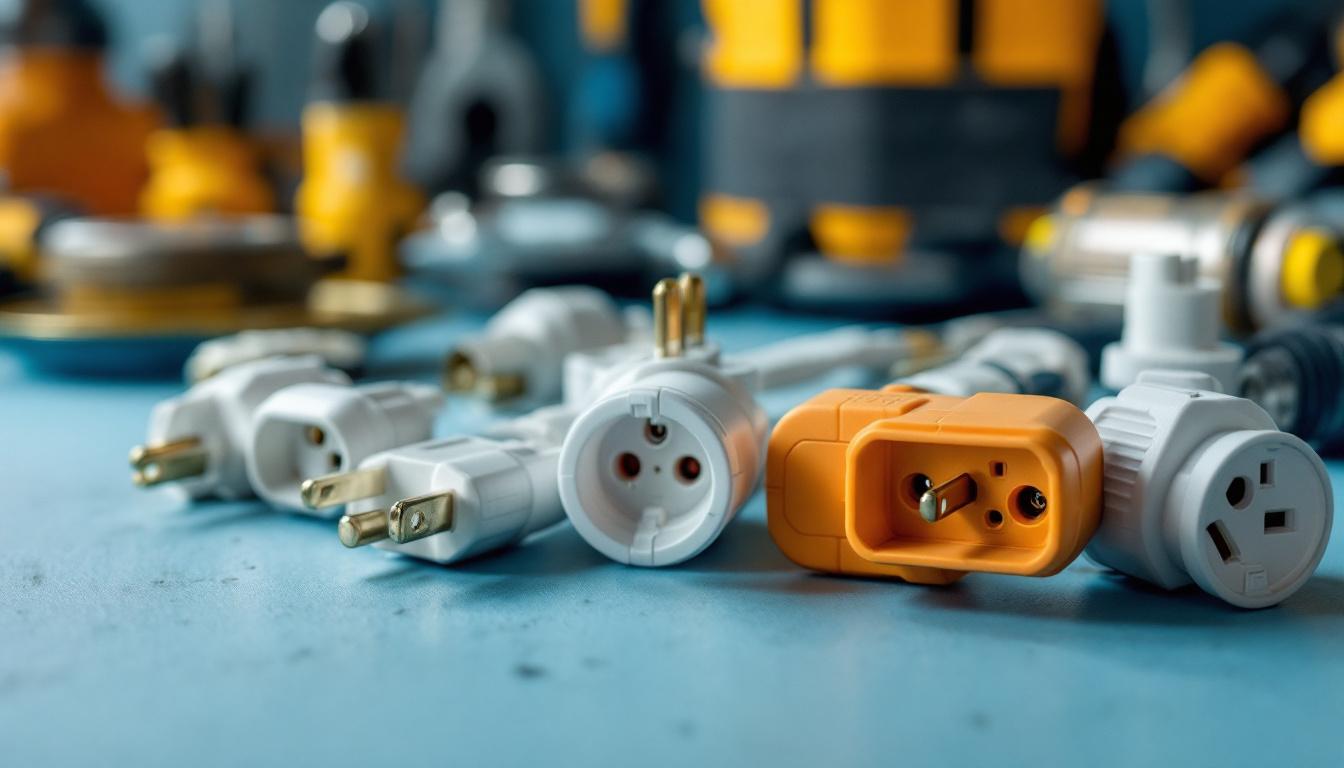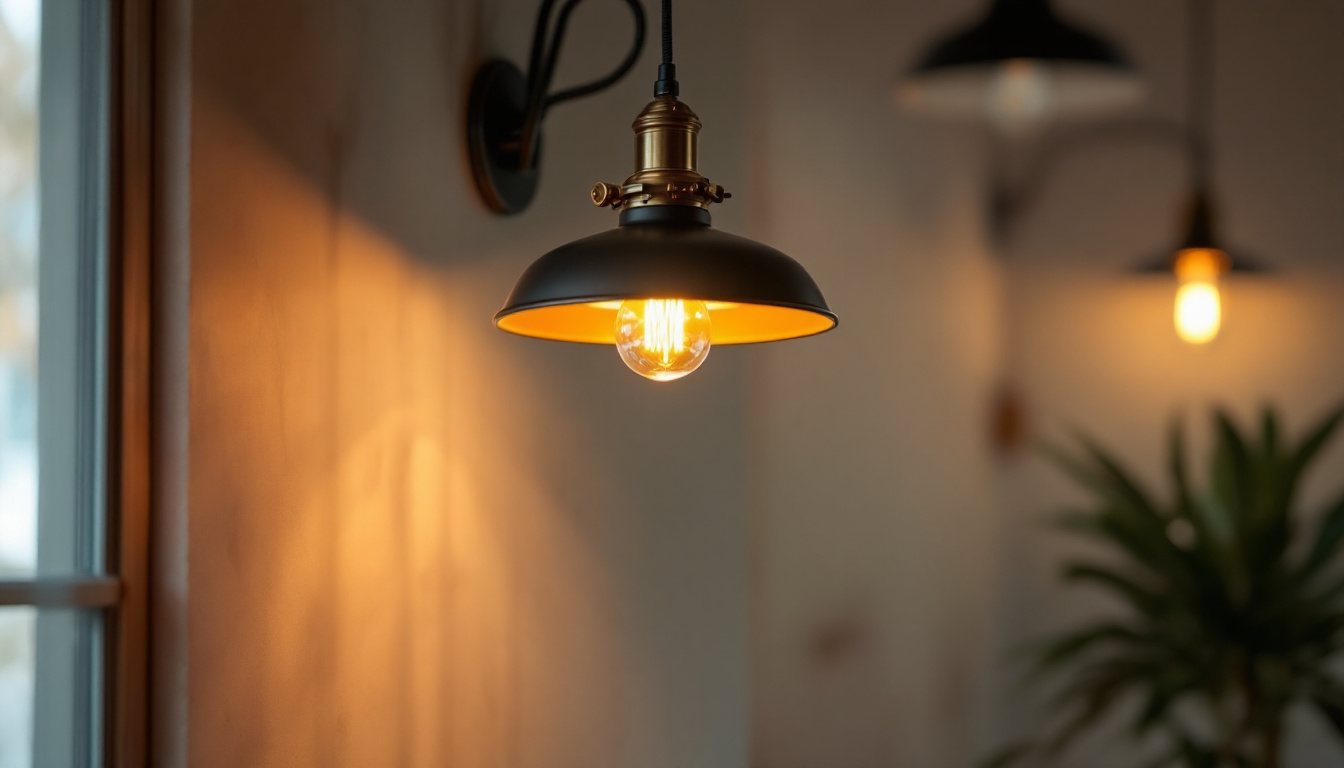
As the demand for efficient and effective warehouse lighting grows, understanding the nuances of lighting design becomes crucial for contractors. This article explores the essential do’s and don’ts for lighting contractors when working on warehouse ceilings. By adhering to these guidelines, contractors can enhance their projects’ quality, safety, and efficiency.
Before diving into the specifics of lighting design, it is important to recognize the various types of warehouse ceilings. Each type presents unique challenges and opportunities for lighting contractors. Understanding these ceiling types can significantly influence the effectiveness of the lighting solutions implemented, ensuring that both functionality and aesthetics are achieved in the workspace.
Flat ceilings are the most common type found in warehouses. They provide a straightforward approach to lighting installation, allowing for even distribution of light across the space. However, contractors must consider the height of the ceiling and the type of fixtures used to ensure optimal lighting levels. In addition, flat ceilings can often accommodate a variety of lighting technologies, including LED panels and fluorescent fixtures, which can be strategically placed to maximize energy efficiency and minimize glare. The uniformity of flat ceilings also allows for easier maintenance and potential upgrades in lighting systems, making them a practical choice for many warehouse environments.
Sloped ceilings can complicate lighting design due to their varying heights. This type of ceiling often requires specialized fixtures and careful planning to avoid dark spots and ensure uniform light distribution. Contractors should assess the slope’s angle and adjust their lighting strategies accordingly. Additionally, sloped ceilings may benefit from the use of track lighting systems or adjustable fixtures that can be aimed to direct light where it is most needed. This adaptability not only enhances visibility but also allows for flexibility in the layout of the warehouse, accommodating changes in inventory or workflow without compromising lighting quality.
Vaulted ceilings offer an aesthetic appeal but can pose challenges for lighting contractors. The height and angles of vaulted ceilings can lead to inefficient lighting if not addressed properly. Utilizing high-bay fixtures or pendant lights can help achieve the desired illumination while enhancing the warehouse’s overall look. Furthermore, the architectural design of vaulted ceilings can create interesting lighting effects, such as shadows and highlights, that can be leveraged to create a more visually dynamic space. Incorporating dimmable lighting options can also provide versatility, allowing the warehouse to adapt its ambiance for different tasks or events, thereby improving the overall functionality of the area.
To create an effective lighting plan, contractors should follow certain best practices. These do’s will guide them in achieving optimal results in warehouse lighting.
Before selecting lighting fixtures, it is essential to conduct a thorough assessment of the warehouse space. Factors such as the layout, ceiling height, and purpose of the area should influence the lighting design. Understanding how the space will be used—whether for storage, assembly, or distribution—will help determine the appropriate lighting levels and fixture types. Additionally, contractors should consider the placement of shelves and machinery, as these can obstruct light and create areas that are inadequately lit. A detailed floor plan can aid in visualizing the lighting layout and ensuring that every corner of the warehouse is considered during the design phase.
Energy-efficient lighting solutions not only reduce operational costs but also contribute to sustainability efforts. Contractors should consider LED fixtures, which offer longer lifespans and lower energy consumption compared to traditional lighting options. Additionally, incorporating smart lighting controls can further enhance energy efficiency by allowing for automated dimming and scheduling. It’s also beneficial to conduct a cost-benefit analysis to compare the initial investment in energy-efficient technologies against long-term savings. By educating clients on the potential return on investment, contractors can help them make informed decisions that align with their budget and environmental goals.
Uniform light distribution is crucial in warehouse settings to minimize shadows and enhance visibility. Contractors should strategically place fixtures to avoid dark spots and ensure that all areas are adequately illuminated. Utilizing a combination of ambient, task, and accent lighting can help achieve the desired effect. Furthermore, it’s important to consider the color temperature of the lighting, as warmer tones may create a more inviting atmosphere, while cooler tones can enhance alertness and focus. Conducting light level measurements after installation can also help verify that the lighting meets industry standards and client expectations, ensuring a safe and productive work environment.
While there are many practices to embrace, there are also pitfalls to avoid. These don’ts serve as a cautionary guide for lighting contractors.
Safety should always be a top priority in warehouse lighting design. Contractors must adhere to local building codes and safety regulations regarding lighting installation. This includes ensuring that fixtures are securely mounted and that emergency lighting is in place to guide personnel during power outages or emergencies.
Choosing fixtures that are difficult to maintain can lead to increased downtime and costs in the long run. Contractors should select lighting solutions that are easy to access for maintenance and replacement. Additionally, considering the lifespan of the fixtures and the ease of bulb replacement can save time and resources.
The color temperature of lighting can significantly impact the working environment. Cooler color temperatures (above 4000K) are often preferred in warehouses as they promote alertness and productivity. Contractors should avoid using overly warm color temperatures, which can create a sleepy atmosphere and hinder employee performance.
Implementing the right lighting techniques can make a significant difference in the effectiveness of warehouse lighting. Here are some strategies to consider.
High-bay lighting is ideal for warehouses with ceilings higher than 20 feet. These fixtures are designed to provide intense illumination over large areas, making them perfect for high-ceiling environments. LED high-bay lights are particularly effective due to their energy efficiency and long lifespan, reducing the need for frequent replacements.
In areas where specific tasks are performed, such as packing or assembly stations, task lighting can enhance visibility and productivity. This type of lighting should be bright enough to illuminate work surfaces without causing glare. Adjustable fixtures can also be beneficial, allowing workers to direct light where it is most needed.
Incorporating motion sensors and lighting controls can lead to significant energy savings. These systems can automatically turn lights on or off based on occupancy, ensuring that areas are only illuminated when needed. This approach not only reduces energy consumption but also extends the lifespan of the fixtures.
Selecting the appropriate fixtures is a critical aspect of warehouse lighting design. The right choice can enhance functionality, safety, and aesthetics.
LED fixtures are increasingly becoming the standard in warehouse lighting due to their numerous advantages. They offer high lumen output, energy efficiency, and a long lifespan, making them a cost-effective choice. Additionally, LED technology has advanced to provide a wide range of color temperatures and designs, allowing for greater flexibility in lighting design.
While not as popular as LEDs, fluorescent fixtures can still be a viable option for certain warehouse applications. They provide good light output and are relatively inexpensive. However, contractors should be aware of their shorter lifespan compared to LEDs and the potential for flickering, which can affect worker comfort.
Emergency lighting is an essential component of warehouse safety. Contractors should ensure that adequate emergency lighting is installed to guide personnel during power outages or emergencies. This can include battery-operated fixtures or exit signs that remain illuminated even when the main power supply is disrupted.
Once the lighting installation is complete, evaluating its performance is crucial to ensure it meets the intended goals. This evaluation can help identify areas for improvement and inform future projects.
Using a light meter to measure illuminance levels in various areas of the warehouse can provide valuable insights. Contractors should compare these measurements against recommended standards for warehouse environments to determine if adjustments are necessary. This step is vital for ensuring that all areas are adequately illuminated for safety and productivity.
Engaging with warehouse personnel to gather feedback on the lighting can provide insights into its effectiveness. Employees can offer valuable perspectives on visibility, comfort, and productivity levels. This feedback can inform future lighting designs and adjustments, ensuring that the needs of the workforce are met.
Establishing a routine maintenance schedule can help prolong the life of the lighting system and ensure optimal performance. Regular checks for burnt-out bulbs, fixture cleanliness, and overall functionality can prevent larger issues down the line. This proactive approach can save time and resources while maintaining a safe working environment.
Lighting contractors play a vital role in enhancing warehouse environments through effective lighting design. By following the do’s and don’ts outlined in this article, contractors can ensure their projects meet safety standards, promote efficiency, and provide a comfortable working atmosphere. Understanding the unique challenges of warehouse ceilings and implementing best practices will lead to successful lighting installations that benefit both the workforce and the bottom line.
Ready to take your warehouse lighting projects to the next level? At LumenWholesale, we provide you with the high-quality, spec-grade lighting products you need at prices that can’t be beaten. Say goodbye to middleman markups and hello to a vast selection of industry-standard lighting solutions that promise reliability and high performance. With the convenience of free shipping on bulk orders, you can trust that you’re getting the best value without any hidden costs. Elevate your lighting installations with the perfect combination of quality, affordability, and convenience. Explore our wholesale lighting options now and light up your workspace with confidence.

Explore the various types of dryer plugs and their significance for lighting contractors.

Discover the essentials of solar sign illumination with our comprehensive guide.

Discover the essential guide for lighting contractors with “Retro Can Lights: The Ultimate Handbook.” Explore timeless designs, installation tips, and expert insights to master the art of retrofitting spaces with vintage charm and modern efficiency..

Discover the ultimate checklist for lighting professionals tackling fluorescent light fixture replacements.